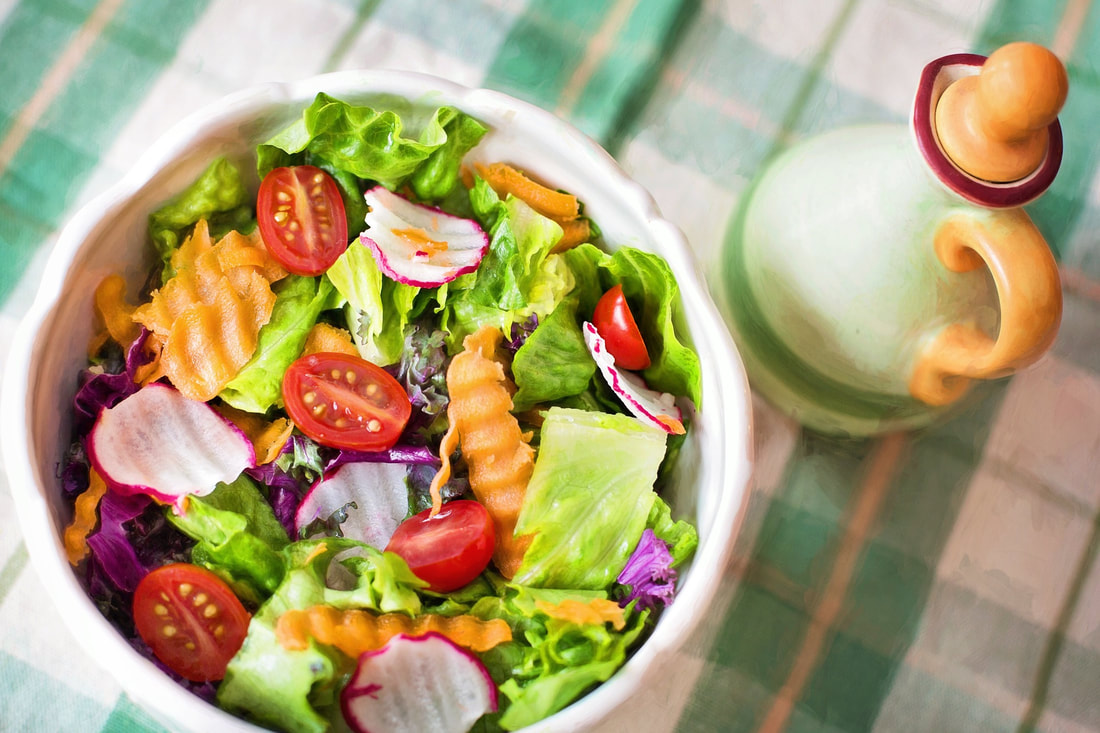|
Since they don't have any specific food items to warn the public about, federal officials are encouraging consumers to limit potential exposure to the pathogen by thoroughly washing their hands with soap and warm water before and after handling or preparing fruits and vegetables, and to carefully wash, prepare and store fresh produce.
Also read, Public Health Notice - Outbreak of Cyclospora infections under investigation. However, washing fresh produce may not eliminate the transmission risk since the parasite is difficult to wash off. Cooking may fix the contamination problem, but people often eat fresh produce raw. Cyclospora infection typically shows up as watery diarrhea, loss of appetite, weight loss, cramping, bloating, increased gas, nausea and fatigue — but not everyone who develops the infection will exhibit all of those symptoms. It is not transmitted from one person to another. Between May 1 and Sept. 20, the U.S. Centers for Disease Control and Prevention had been notified of 1,031 lab-confirmed cases of cyclosporiasis from 40 states. By contrast, there were 384 reported cases last year and 546 in 2015, according to the CDC. Public health officials have not yet tracked down this year's source of the intestinal infection, which is transmitted via fresh produce or water contaminated by the single-celled parasite cyclospora cayetanensis. However, previous outbreaks have been linked to imported fresh produce — basil, cilantro, mesclun lettuce, raspberries and snow peas. The item suspected to be behind the 2015 outbreak, which sickened 546 people from 31 states, was likely cilantro imported from Mexico. Given the advanced tools available to scientists today, it's not clear why CDC hasn't been able to get a firm handle on the source of this year's infections. What the agency does know is that the largest number of cases are being reported in Texas (168), followed by Florida (75), North Carolina (48), New York City (32) and Connecticut (23). The other states with cases have reported them in the teens or single digits. The total number of reported cases is likely to increase since people with symptoms sometimes don't go to the doctor or to an emergency room. Also, routine testing for the parasite is not commonly performed by U.S. labs, so medical professionals must specifically order a test for cyclospora. Growers in Mexico and elsewhere who export fresh produce to the U.S. are under pressure to provide adequate bathroom and handwashing facilities for workers who harvest their crops in order to limit the chances of parasite contamination. Because of such problems, the U.S. Food and Drug Administration issued an import alert in 2015 for cilantro from Puebla, Mexico. The agency reported that additional testing and prevention strategies helped reduce the number of cyclospora cases last year. Once provisions of the Food Safety Modernization Act fully kick in mandating that foreign facilities exporting foods to the U.S. comply with our food safety standards, it could eventually limit cyclospora cases in the U.S. Also key to limiting cases will be FDA funding and staffing levels to make sure the provisions of the food safety law are properly enacted. CDC continues to try and identify a potential source (or sources) of the infections. It is too early to say whether cases of cyclospora infection in different states are related to each other or to the same food items, the agency added. SOURCE Cathy Siegner, Food Dive
0 Comments
Leave a Reply. |
Advertisement
News & Updates
Stay informed with the latest news around foodservice, agriculture and other related food news. Advertisement Opportunities
|


 RSS Feed
RSS Feed


